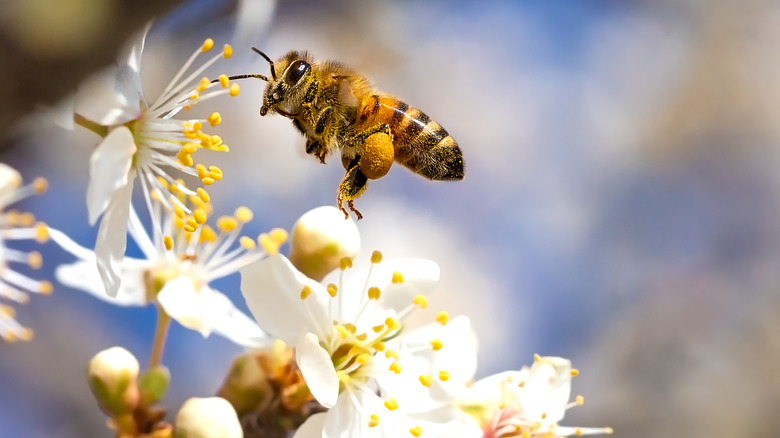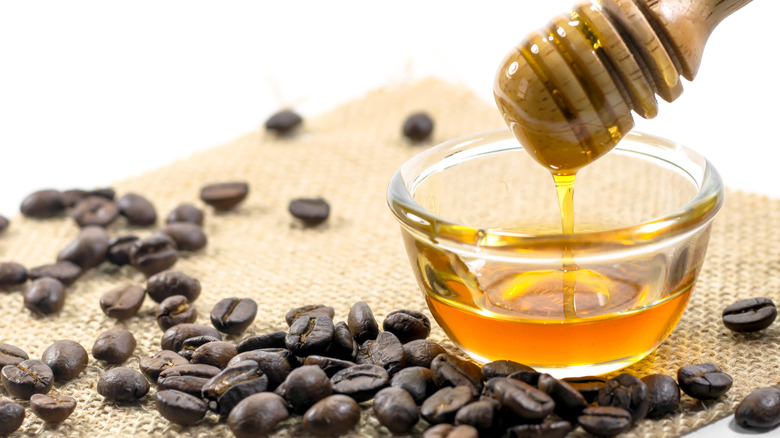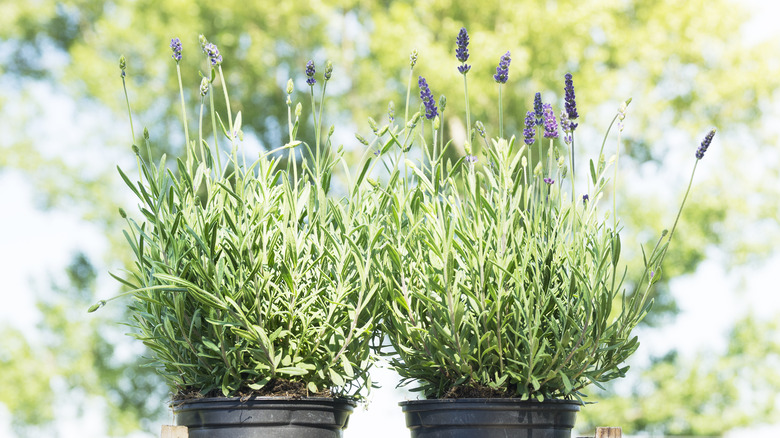Bees Are Now Dying Faster Than Ever
As if a lack of wildflowers wasn't problematic enough for honey bees, these miniature heavyweights that are the backbone of our ecosystem and global food supply now face another worry — their lifespan is shorter than ever. The University of Maryland just reported that bees are living half as long as an average bee lived in the '70s.
Leading up to the University of Maryland study, bees appeared to be dying at progressively faster rates over the past several decades. Then, according to MPRNews, beekeepers began noting that where their bees once upon a time would die off as expected in winter, those death rates have crept up all year round. The trend shows no sign of abating since this most recent study reveals that death rates are related to bee genetics. To tackle that, scientists will focus on longer-lived honey bee breeding and other genetic innovations, which will take time.
While beekeepers hustle to protect their surviving colonies and scientists dig into genetic lifespan advances, gardeners can make life as easy as possible for honey bees who are carrying the extra heavy load in light of dwindling numbers. That starts with an honest assessment of our manicured landscapes and a reconsideration of pesticides that we thought were safe, all of which have been putting bee pollination — and by extension, crops that feed most of the world — in jeopardy. Here are a few small adjustments that can make a major difference.
Know what's at stake
According to the U.S. Forest Service, at least 80% of plants worldwide depend on pollination. Those plants make up the daily nutritional basics we need for a healthy diet, from apples, oranges, and pears to nuts we love. Spoon University reports that without bees, there would be no almonds since they singularly depend on these tiny creatures to pollinate when their plants bloom. Lemons similarly need bees to pollinate their flowers, as do cherries and peaches.
Do you like your sunflower oil? Thank the bees. Do you enjoy your morning coffee? Its plant self-pollinates, but with bee help, the crop shoots up by 50%. According to the NRDC, yes, plants self-pollinate and get support from the wind to further spread pollen, but take the coffee bloom, for example. It is open for maybe three or four days. A dramatically dwindled pollination workforce would, at best, make it rare. And expensive.
We do know several environmental factors that irritate pollinators, like non-native planting in your garden (ask at your local nursery or check your North American Native Plant Society to avoid that mistake). And we know lots of incidentals that bees love, like the colors white and yellow. They enjoy a flat flower-landing pad such as the shasta daisy (but steer clear of the thick, double-layer petals variety that impedes nectar access). There are several more specifics to consider, even starting this winter, to give the struggling pollinators a hand.
Every small step makes a difference
Use the winter months to organize, says Hobby Farms. They suggest starting nectar-rich plants in pots over these cold months so bees, who are feasting on their honey supply through winter, can find abundant nectar and pollen from easy food sources like lavender or rosemary that you set out immediately after your last local frost.
As you consider the bees while you plan your spring garden, remember this is not an all-or-nothing venture. Wishing you could help the bees burrow in bare garden spots for winter but hate to entirely forgo mulch? Try pollinator-friendly mulch varieties. Need to focus on other gardening issues, like keeping deer out of your garden? Globe thistles are all things deer hate but bees love, including a nice landing pad and sweet nectar. They also blossom late summer, so after all those spring blooms are dying, globe thistles are still a great food supply.
Even small living spaces can help the bees with a pot or two of blooming flowers for your apartment balcony. If space allows, a flowering shrub like the American beautyberry or sweet spire is a great pollen and nectar source for these creatures, says the University of Georgia. Simple, meaningful, small steps to attract and nourish bees are endless. If you stick with native plants and consider varieties that bloom in shifts throughout the year, you can literally affect global change from your backyard.


